Dogs are known for their playful and energetic nature, often running and frolicking without a care in the world. However, there are times when we may notice our furry companions dragging their front nails while walking.
This can be a concerning sight for pet owners, as it may indicate an underlying issue with their beloved pup. We will explore the reasons behind this behavior and when it may cause concern. As responsible pet owners, it is crucial to understand our dogs’ physical and behavioral changes, and knowing the potential causes of dragging front nails can help us take the necessary steps to address any underlying health concerns.
Join us as we delve into the world of dog behavior and uncover the mystery of dog dragging front nails and when it may require a visit to the veterinarian. By then, you will be equipped with the knowledge to understand your canine companion better and ensure their overall well-being.
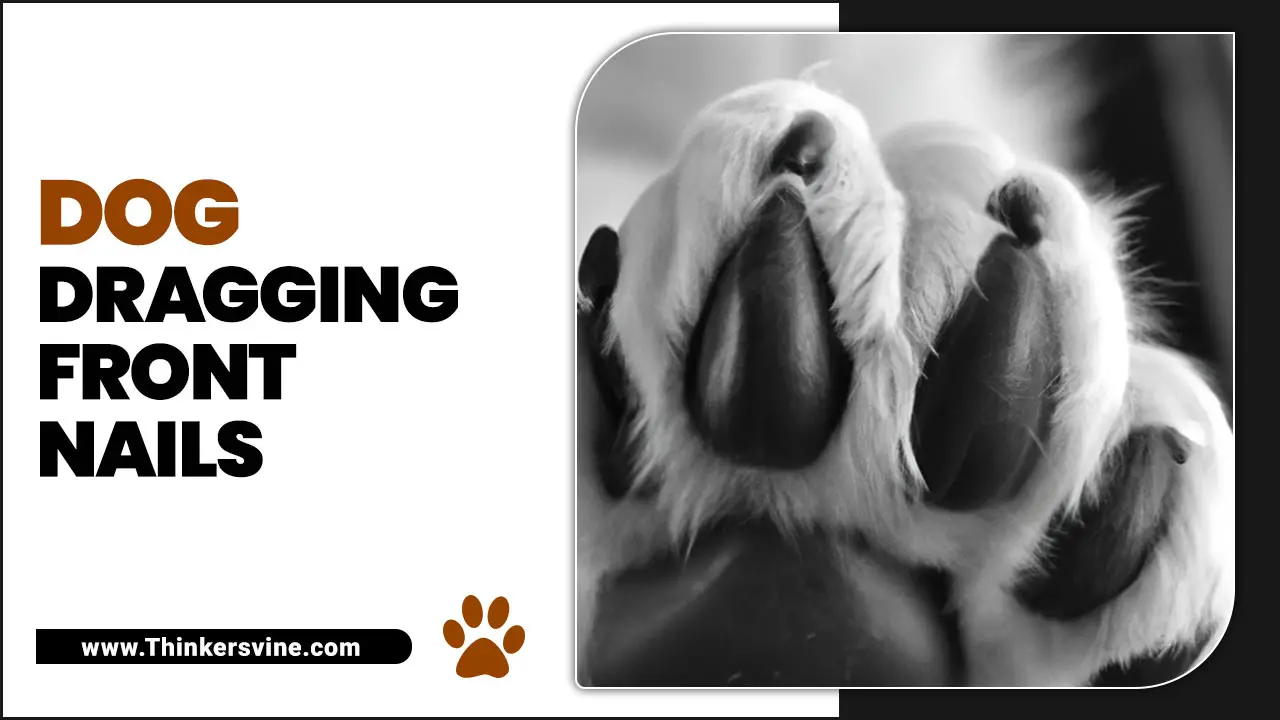
When And Why Do Their Dog Dragging Front Nails?
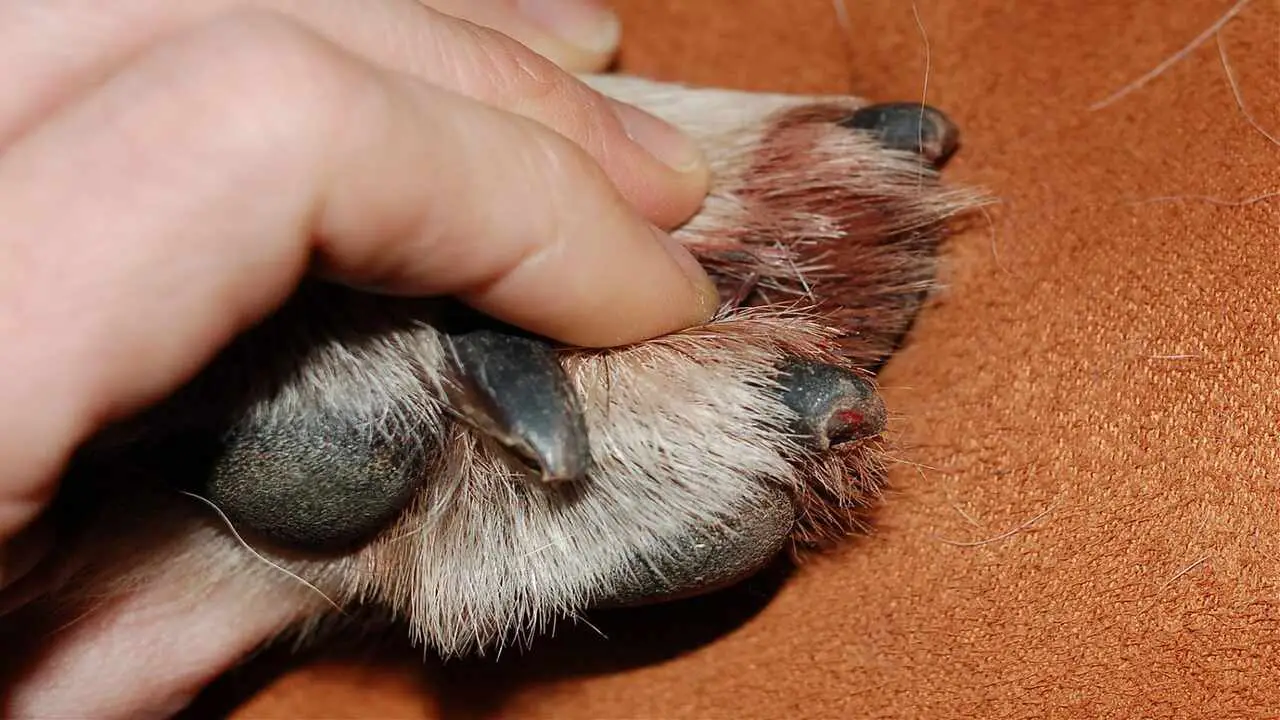
When and why do dogs drag their front nails? Dogs may drag their front nails for various reasons, and it is important to pay attention to this behavior as it can indicate underlying health issues. One common reason for nail dragging is overgrown nails.
If a dog’s nails are not regularly trimmed, they can become too long and start to scrape against the ground as the dog walks. This can be uncomfortable for the dog and may lead to further complications such as infections or injuries. Another possible reason for nail dragging is muscle weakness or neurological issues.
If a dog is experiencing weakness in their front legs or has nerve damage, they may have difficulty lifting their paws properly when walking, causing their nails to drag. In some cases, arthritis or other joint problems can also contribute to nail dragging. If you notice that your dog is dragging their front nails, it is important to consult with a veterinarian to determine the underlying cause and ensure that appropriate treatment is provided.
Some Specific Causes And Solutions
When a dog drags its front nails, it can indicate an underlying issue that needs to be addressed. It is important to consult with a veterinarian for an accurate diagnosis and personalized treatment plan tailored to your dog’s specific needs. It can be seen that the flesh is torn, and the blood supply is tied.
Again it is seen that the nails of the affected area have fallen off. If you see this problem in your dog’s feet, take it to the vet as soon as possible. Here are some specific causes and solutions to consider:
- Overgrown Nails: If a dog’s nails are too long, they can get caught on the ground and cause dragging. Regular nail trimming or grooming can help prevent this issue.
- Muscle Weakness or Injury: Dogs with weak muscles or injuries in their front limbs may have difficulty lifting their paws properly, resulting in nail dragging. A veterinarian may recommend physical therapy exercises and rehabilitation to strengthen the muscles and improve mobility.
- Neurological Conditions: Certain neurological conditions, such as degenerative myelopathy or spinal cord compression, can affect a dog’s ability to lift its front paws properly. A thorough examination by a veterinarian is necessary to diagnose and treat these conditions.
- Orthopedic Problems: Dogs with orthopedic issues like arthritis or joint dysplasia may experience pain or stiffness in their front legs, leading to nail dragging. Pain management strategies and appropriate medical interventions can help alleviate discomfort and improve mobility.
What Should Be Done If The Dog Drags The Paw?
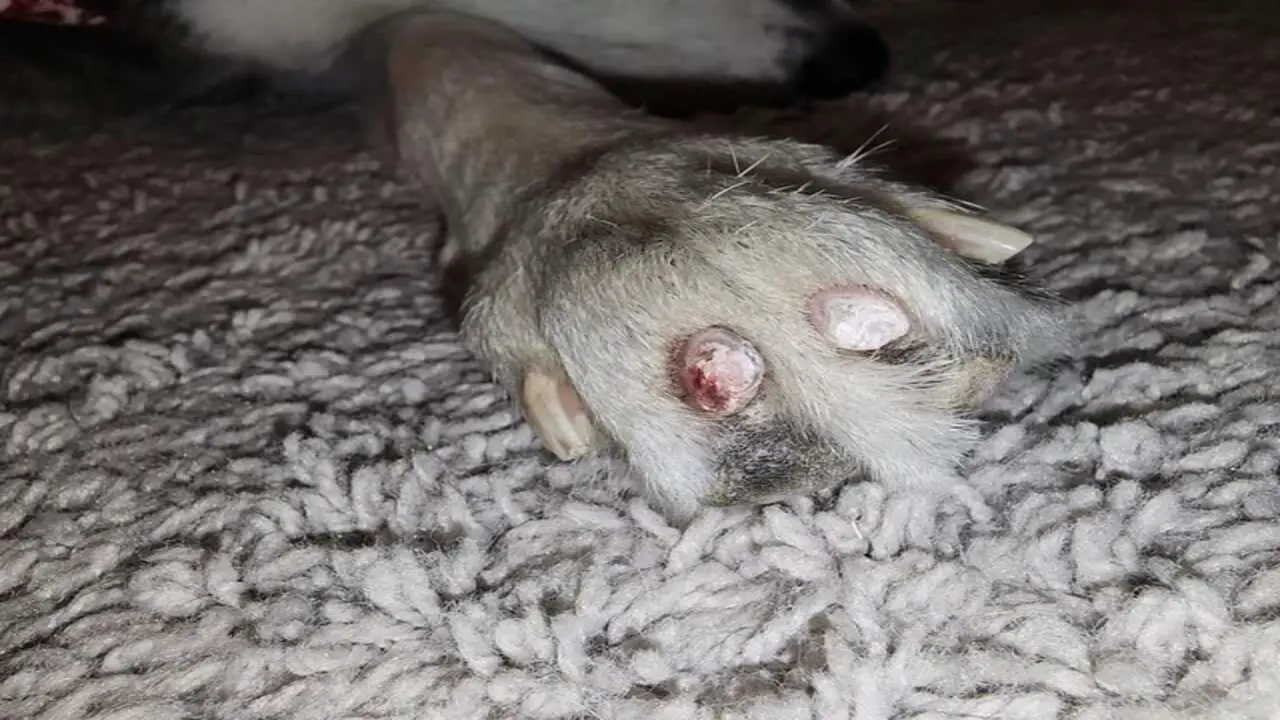
Then you must take your dog to the vet first. They will first collect Blood testing from your dog’s spine as a cerebrospinal fluid and blood sample. However, the best way to determine if your dog has fibro cartilaginous embolism is to have an MRI. If your dog is diagnosed with this disease, it can be cured if you treat your dog quickly.
In most cases, the treatment is done through physical therapy. There are various therapies, including hyperbaric oxygen therapy, acupuncture, range of motion exercises, massage, neuromuscular electrical stimulation, laser therapy, and supplements.
Prevention Of Dragging Nails
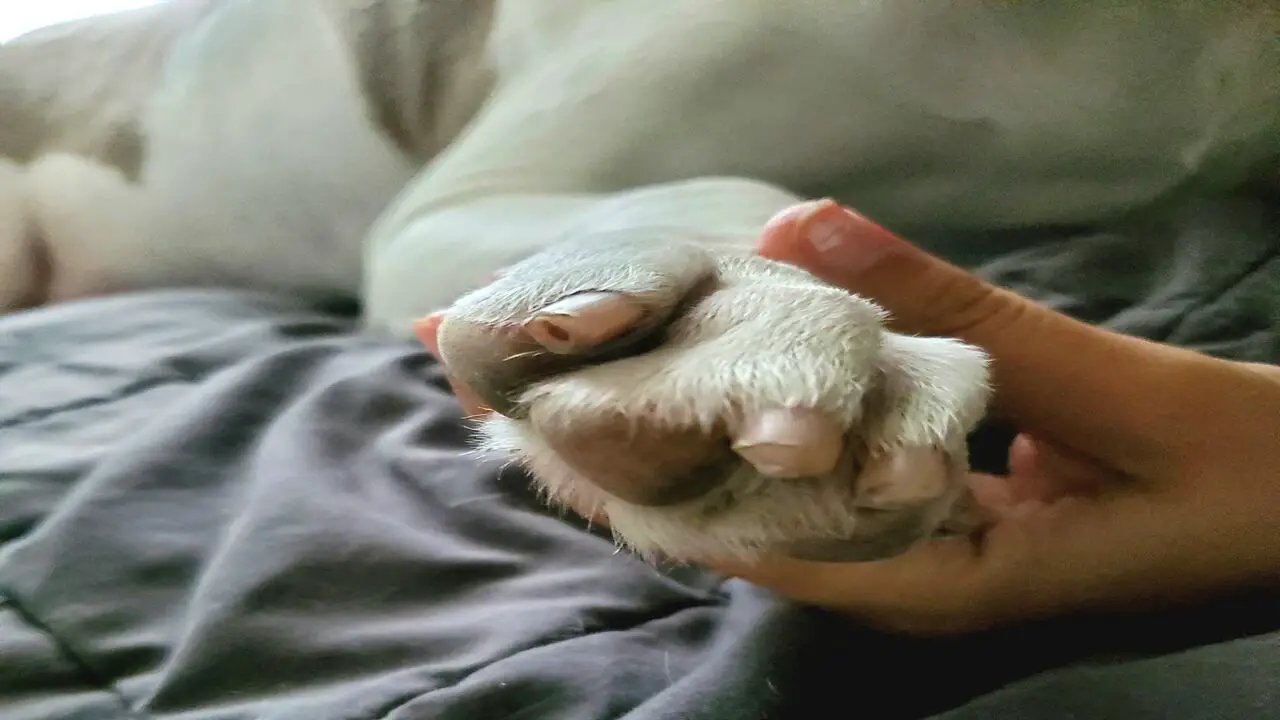
Avoid extra trauma to prevent diseases that can drag your pet’s paws. Moreover, never do any kind of exercise with extra emphasis on the dog. As an ideal owner, you must be aware of these and be careful not to overweight your dog. Because many times such problems occur due to excess weight.
However, anything extra can cause damage. So give your dog a chance to rest and avoid excessive jumping and running. However, some diseases are caused by genetics, and there is no specific treatment. Notably, there is no way to prevent degenerative myelopathy and fibro cartilaginous embolic myelopathy.
Dogs with genetic problems should not be bred. But yes, it is possible to lead a healthy life with these rear feet through good treatment. In addition, dog boots and soft paws can be used to prevent damage to dog nails.
How To Protect Injured Paws While Dragging?
The damaged nails of the dog should be covered with something. Usually, some soft claw cups are made to prevent the dog’s paws from getting damaged. Its vinyl protects dog nails from damage from soil or nails. Moreover, these nails remove damage and wear and tear and act as a protector. But before using this method, you must keep in mind a few things:
- You must consult a veterinarian to determine why your dog is dragging its feet. The kind of treatment your doctor tells you to take can be applied to your dog.
- If your dog has damaged and worn nails, do not keep them. Nails can be more middle-aged and older dogs if they are not healthy. Ensure the claw cup glue works properly so the nails are full and healthy. Before using soft paws, you must heal and care for damaged dog nails.
- Moreover, using soft claws protects the damaged nails of the dog from further damage.
- In the case of many ponds, it is seen that their nails, claws, or fingers are damaged. You can also use herbs to protect them.
- Properly sized paws should be used to protect dog nails.
Dog Tripping Over Front Paws
If your dog is walking oddly, it could be due to arthritis, a soft tissue injury, or a Neurological disorder impairment from old age. If your dog is spastic from arthritis, then consider whether there are any factors affecting the nervous system that can be controlled. Some dogs with arthritis have experienced sudden symptoms, while others developed symptoms gradually over time.
However, some environmental factors might be at work if the dog is only tripping occasionally or can easily recover after falling over its front paws. Licking and biting pads on dogs’ feet can indicate an abnormal urge to lick or bite certain parts of the body. Due to this, you must visit your veterinarian for a check-up on your dog’s health if you notice any abnormal behavior in your pet.
My Dog Drags His Two Front Paws, Which Have Worn Down
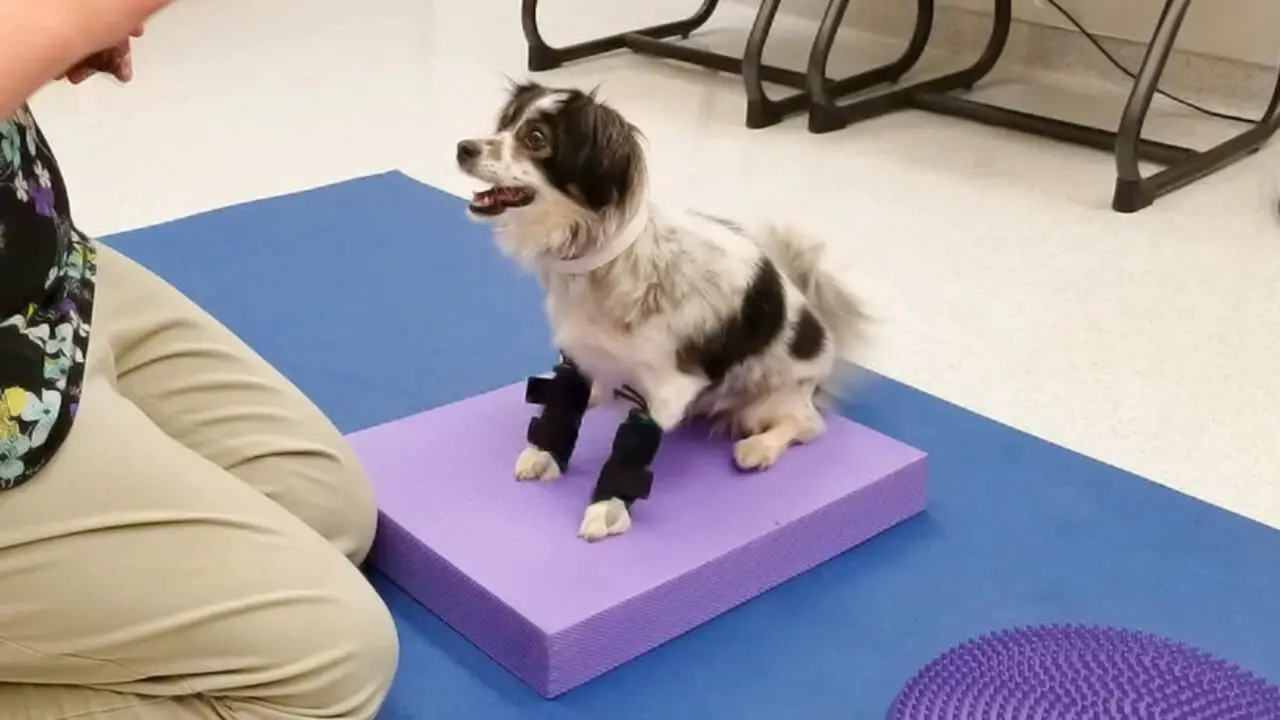
Paw knuckling is a condition in which the pads of your dog’s front and hind paws become so raw, worn down, or even ulcerated that he ends up dragging his Paw on the ground. Although very unpleasant for pets, it could be very dangerous. If your dog drags his two front paws and has worn-down pads, he may be suffering from a condition known as Paw knuckling. Your dog mustn’t be left to drag their Paw on the ground because this will cause serious trauma or even possible amputation.
Paw knuckling can occur in both front and hind paws but must be seen by their veterinarian immediately. The condition is usually caused by a genetic predisposition or congenital abnormality that may affect the leg’s tendons, so seeing the vet will give you the correct diagnosis and treatment.
How To Treat Dog Paw Knuckling
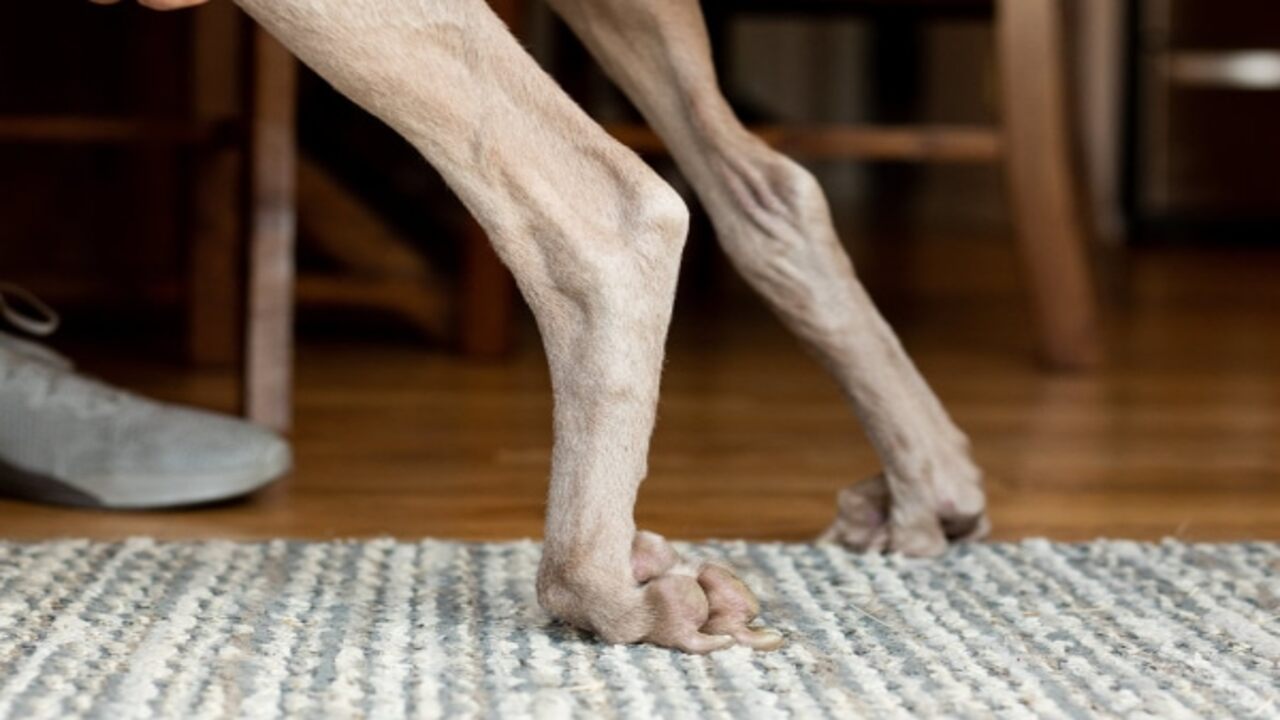
There are several things you can do to help with this problem. You can apply some extra padding under their paws, give them lighter food that doesn’t contain too many grains, and ensure they get lots of rest, especially before exercise. Another good idea is to warm their paw pads with a hot water bottle or ice packs.
Another great way to help is by wrapping their paws. This will help support them and protect them at the same time. You can get a bandage wrap that should be wrapped around their Paw, just below the joint. This will keep their joints from stress and protect their toes from turning inward.
Gait Abnormality In Dogs
Dog paw knuckling is a gait abnormality that can concern dog owners. It occurs when a dog’s front nails drag along the ground instead of being properly lifted with each step. Various factors, including nerve damage, muscle weakness, or joint issues, can cause this condition. If you notice your dog exhibiting paw knuckling, it is important to consult with a veterinarian for a proper diagnosis and treatment plan.
Symptoms
- Weakness
- Crouched gait
- Loss of balance
- Incoordination
- Lack of coordination
- Favoring one leg
- Glancing at the floor while walking
- Inability to walk backward
- Inability to go up and down stairs properly
- Unable to jump or climb stairs
Causes of gait problem
- Pain
- Arthritis
- Spinal cord disease
- Injury
My Dog Drags My Front Feet
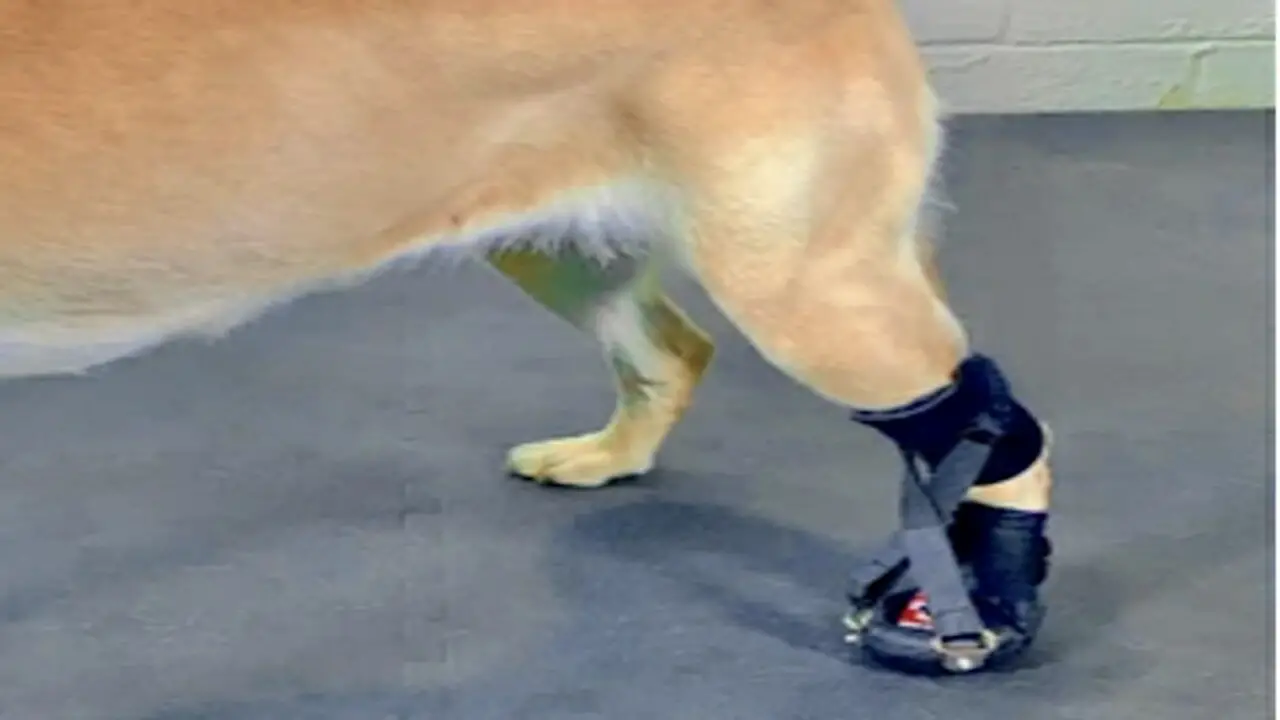
Some dogs will drag their paws when they walk. This is typically due to an arthritic condition due to reduced blood clot flow. However, depending on the severity, other causes may be such as Cruciate ligament injury or fractures in the bones connected to your front leg.
It is usually easy to recognize a dog dragging its front feet. The dog will place no weight on the front legs or just a small amount. The rest of the body can move forward, but the leg simply won’t move.
Some Causes For Dogs Scuffing Their Back Feet And Nails
If you’ve taken your dog out for a walk and your pet’s back feet are scuffed, there are a few simple reasons behind it. Some causes for dogs to scuff their nails and toes include:
- The Nail Has Become Too Long – This happens when the dog is not getting proper grooming or care. When the nails grow too long, they can hit the ground with each step until they are noticeably shorter.
- The Dog is On Hard Floors – If your dog is walking on hardwood or other hard surfaces, they may have trouble getting traction with their nails. This can cause them to scuff their paw placement as they try to walk.
- The Dog is Sensitive – Some dogs are sensitive to pressure or pain in the paw pads, which makes it uncomfortable for the dog to walk and causes them to scuff the ground instead.
Behavior Changes And Pain In Aging Dogs
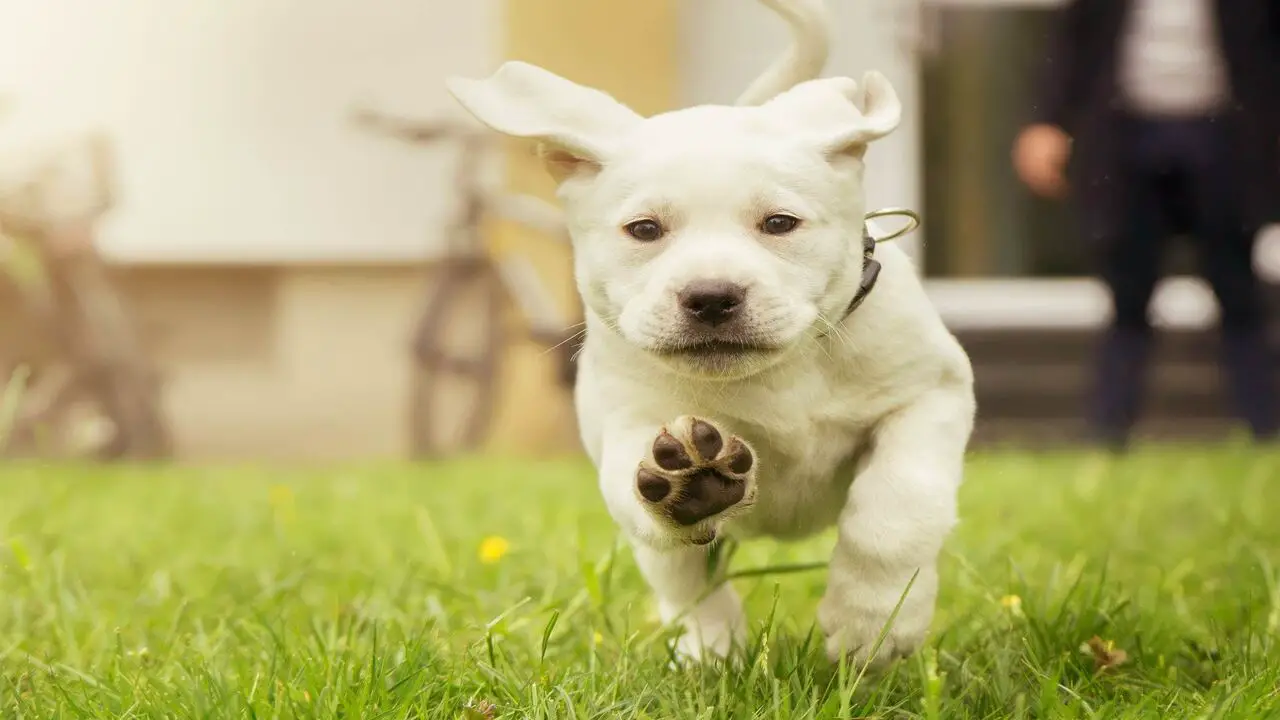
You may have noticed the changes in your dog as they age, but you might not know that your dog’s behavior and pain are two of the most significant issues during aging. Things to watch for to help you recognize any difficulty, mobility, or pain changes.
Know The Signs Of Aging
As dogs age, they may experience changes in behavior and signs of pain. Pet owners need to be aware of these signs to provide appropriate care and support for their aging dogs. Here are some common behavior changes and signs of pain in aging dogs:
- Decreased Activity Level: Aging dogs may become less active and have difficulty getting up or moving around.
- Changes in Appetite: Some aging dogs may lose their appetite or have difficulty eating due to dental issues or other underlying health problems.
- Increased Sleepiness: Older dogs tend to sleep more than younger ones, but excessive sleepiness could indicate pain or discomfort.
- Stiffness or Limping: Arthritis is a common condition in older dogs, which can cause stiffness, limping, and difficulty with movement.
- Changes in Temperament: Aging dogs may become more irritable or anxious, possibly due to pain or discomfort.
Recognizing Neck and Back Pain in Dogs
Recognizing neck and back pain in dogs is crucial for their overall well-being. One common sign of pain in these areas is when a dog drags its front nails while walking. This behavior can indicate discomfort or weakness in the neck or back, which may be caused by conditions such as arthritis, intervertebral disc herniation, chronic disease, or muscle strains.
Other signs to look out for include reluctance to jump or climb stairs, changes in posture, and sensitivity when touched in certain areas. If you notice any of these symptoms, it is important to consult with a veterinarian who can assess your dog’s condition and provide appropriate treatment options to alleviate their pain.
There Are Many Causes Of Neck And Back Pain, Including:
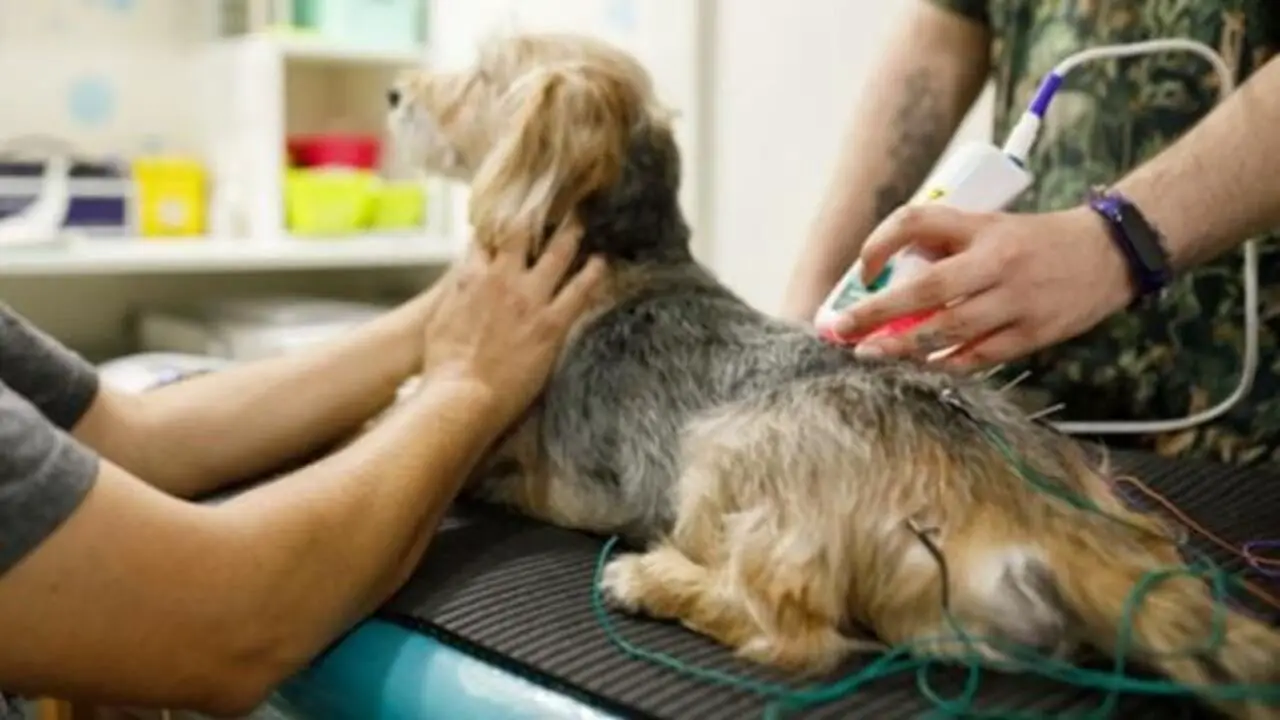
A dog dragging its front nails can be a sign of various underlying issues that may cause neck and back pain. Some common causes include arthritis, degenerative disc disease, spinal stroke cord compression, or muscle weakness. Arthritis is a common condition in older dogs that can cause joint inflammation and pain, leading to abnormal unsteady gait and dragging of the front nails.
Degenerative disc disease occurs when the intervertebral discs in the spine degenerate over time, causing pain and Sciatic nerve injury compression. Spinal cord compression can result from herniated discs or spinal tumors, leading to nerve damage and difficulty walking properly.
Transverse Process Fracture
A dog dragging its front nails could indicate various underlying causes, one of which is a transverse process fracture. Transverse process fractures occur when one or more of the small bony projections on the vertebrae are broken. This type of injury can cause pain and discomfort for the dog, leading to abnormal movements and behaviors such as dragging their front nails.
Pyrexia
Pyrexia, or fever, is just one of the many potential causes of neck and back Pain relief in dogs. When a dog has a fever, it can indicate an underlying infection or inflammation in the body.
This can cause discomfort and pain, leading to changes in their behavior and posture, such as dragging their front nails. It is important to consult with a veterinarian if you notice your dog experiencing this symptom, as they can determine the cause of the pain and provide appropriate treatment.
Neck Muscle Tension Syndrome
Neck and back pain in dogs can have various causes, including neck muscle tension syndrome. This condition occurs when the muscles in the neck become tight and strained, leading to discomfort and pain. Dogs may experience this condition by pulling on a leash or engaging in vigorous play. In some cases, underlying medical conditions such as arthritis or spinal disc disease may contribute to neck muscle tension syndrome.
Conclusion
One optimistic reason to know about a dog dragging its front nails is that it could indicate that the dog simply needs a nail trim. By being aware of this behavior, you can help the dog by providing proper nail care, ensuring their comfort and well-being. It is important for dog owners to be aware of any changes in their pet’s behavior or physical abilities. If your dog is dragging their front nails, it could indicate an underlying health issue or injury.
It is crucial to seek advice from a veterinarian to diagnose and treat the issue properly. We’ve discussed dog dragging front nails. Additionally, it is important to regularly trim your dog’s nails to prevent discomfort and potential damage to their paws. By being proactive and attentive, we can ensure the health and well-being of our beloved furry friends.
FAQs
[rank_math_rich_snippet id=”s-4dbb93a3-708c-4a14-a688-adf90d55c14f”]